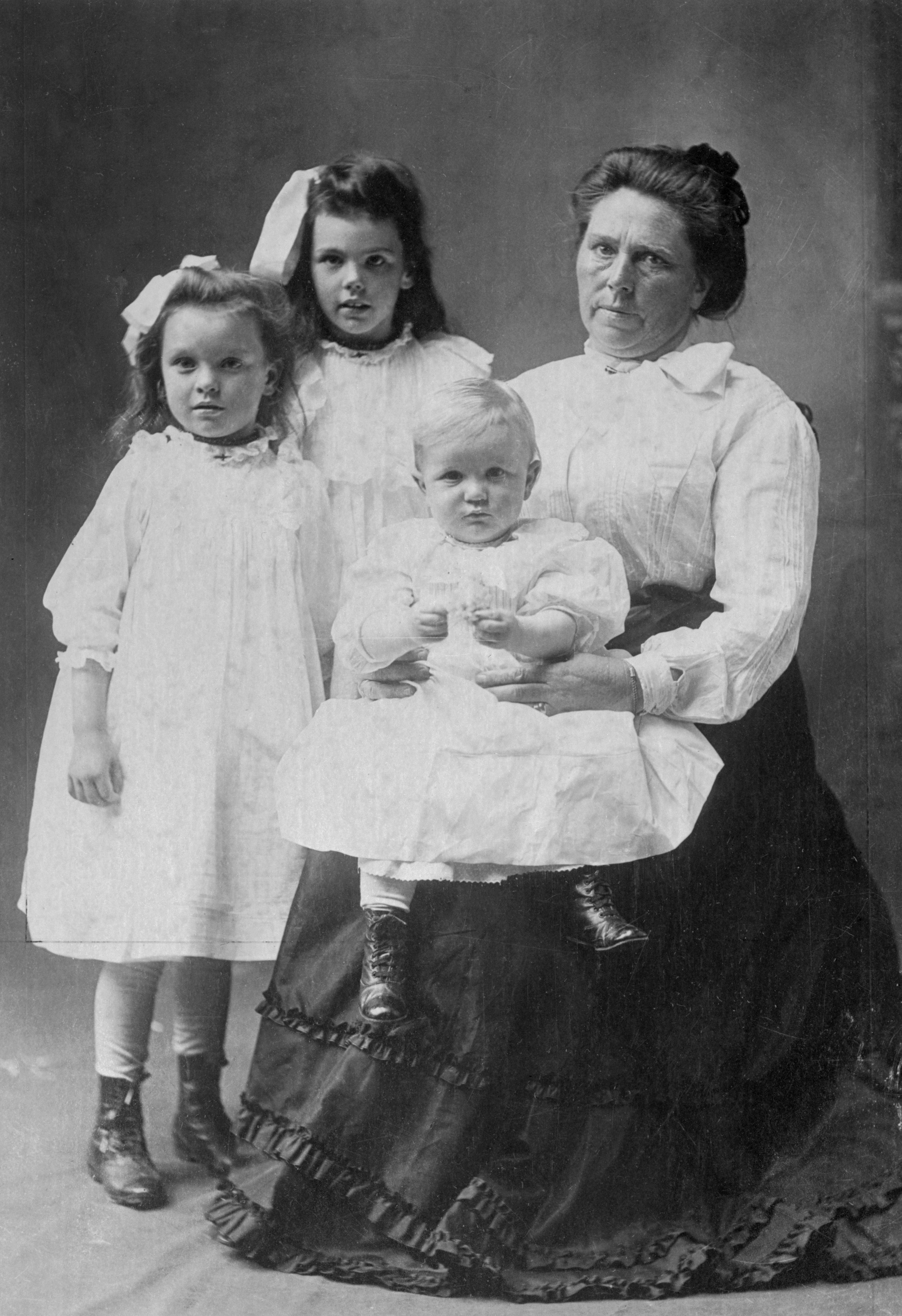

Early Life and Education: Harold Schechter was born on July 16, 1948, in New York City, USA. He earned his Ph.D. in American literature from the State University of New York at Buffalo.
Academic Career: Schechter has had a distinguished career in academia. He is a professor of American literature and popular culture at Queens College, City University of New York. His academic work extends to literary criticism and cultural history.
Authorship: Harold Schechter is best known for his contributions to the true crime genre. He has authored numerous books that explore historical crimes, criminal psychology, and the darker aspects of American history. His writing often combines meticulous research with a narrative style that engages readers.
Writing Style and Contribution: Schechter is praised for his ability to present true crime narratives in a compelling and accessible manner. He often delves into the psychological motivations of criminals and the societal contexts in which these crimes occur.
Legacy: Harold Schechter's work has had a significant impact on the true crime genre, and he is recognized as a leading authority on historical crimes in the United States.
Other Writings:
In the pantheon of serial killers, Belle Gunness stands alone. She was the rarest of female psychopaths, a woman who engaged in wholesale slaughter, partly out of greed but mostly for the sheer joy of it. Between 1902 and 1908, she lured a succession of unsuspecting victims to her Indiana "murder farm." Some were hired hands. Others were well-to-do bachelors. All of them vanished without a trace. When their bodies were dug up, they hadn't merely been poisoned, like victims of other female killers. They'd been butchered.
Hell's Princess is a riveting account of one of the most sensational killing sprees in the annals of American crime: the shocking series of murders committed by the woman who came to be known as Lady Bluebeard. The only definitive book on this notorious case and the first to reveal previously unknown information about its subject, Harold Schechter's gripping, suspenseful narrative has all the elements of a classic mystery--and all the gruesome twists of a nightmare.
Character Exploration:
Motivations for Murder:
Cultural and Historical Context:
Gender and Crime:
Psychological Profiling:
Impact on the Community:
Investigation and Law Enforcement:
Media Representation:
Survivors and Victims:
Criminal Justice System:
Modern Implications:
Author's Approach:

Belle Gunness, born Brynhild Paulsdatter Størseth on November 11, 1859, was a Norwegian-American serial killer who operated in the late 19th and early 20th centuries. Her crimes gained notoriety for their brutality and the mystery surrounding her actions. Here is a brief biography of Belle Gunness:

Early Life: Belle Gunness was born in Selbu, Norway, and immigrated to the United States in 1881. She settled in Chicago and later moved to La Porte, Indiana. In 1884, she married Mads Ditlev Anton Sorenson, a fellow Norwegian immigrant. Tragically, Mads died on July 30, 1900, followed by two of the couple's children.

Marriages and Suspicious Deaths: Belle's life was marked by a series of marriages, mysterious deaths, and financial gains from life insurance policies. Her second husband, Peter Gunness, died in 1902 under suspicious circumstances, allowing Belle to collect life insurance money.

Farm in La Porte: After Peter's death, Belle purchased a farm in La Porte, Indiana, where she became infamous for luring men through personal ads and correspondence. She would convince them to visit her farm with promises of marriage or romance.

Serial Killings: It is believed that Belle Gunness murdered numerous suitors and individuals who came to her farm seeking companionship or employment. The exact number of her victims remains unclear, but estimates range from 25 to 40 people. Her methods allegedly involved poisoning, strangulation, and outright violence.

The Fire and Disappearances: In 1908, a fire destroyed Belle Gunness's farmhouse. In the ruins, authorities discovered the bodies of her children and a headless female corpse presumed to be Belle. However, the discovery of dental work distinct from Belle's led to speculation that she might have staged her death and disappeared.

Investigation and Theories: The investigation into Belle Gunness's crimes revealed a grisly scene on her property, including human remains and evidence of her murderous activities. Various theories emerged about her fate, with some suggesting that she successfully faked her death and disappeared, while others believed she may have perished in the fire.

Legacy: Belle Gunness's story continues to captivate true crime enthusiasts and historians due to the mysterious circumstances surrounding her life and crimes. Her case remains one of the most notorious instances of female serial killers in American history.
While the details of Belle Gunness's life are well-documented, the true extent of her crimes, the number of victims, and the circumstances of her ultimate fate remain shrouded in mystery. The legend of Belle Gunness has inspired numerous books, articles, and discussions exploring the enigma of this notorious female serial killer.

America's most prolific female serial killer's calculated lifestyle derails, resulting in a series of horrific discoveries that remain a mystery to this day. Based on a true story.
 Westwood Public Library
Westwood Public Library